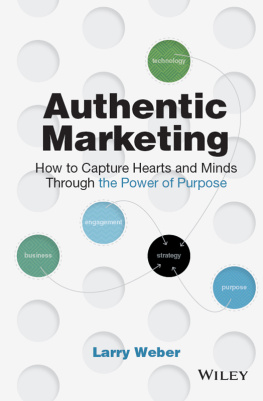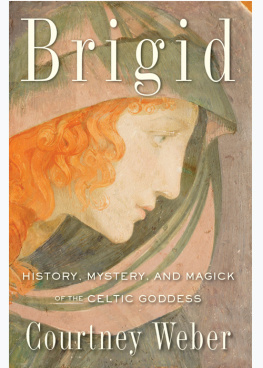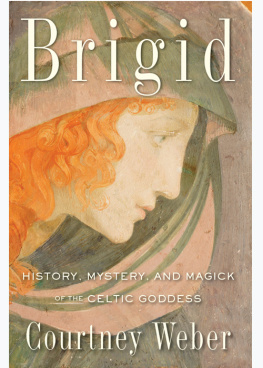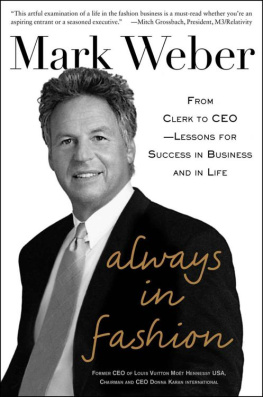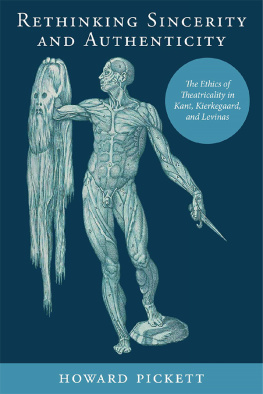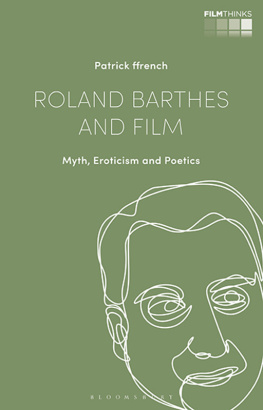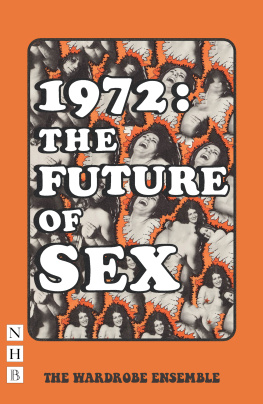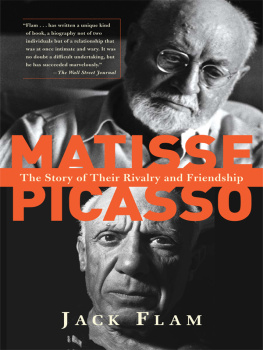Theatricality as Medium
SAMUEL WEBER
Theatricality as Medium


Copyright 2004 Fordham University Press
All rights reserved. No part of this publication may be reproduced, stored in a retrieval system, or transmitted in any form or by any meanselectronic, mechanical, photocopy, recording, or any otherexcept for brief quotations in printed reviews, without the prior permission of the publisher.
Library of Congress Cataloging-in-Publication Data
Weber, Samuel, 1940
Theatricality as medium / Samuel Weber.1st ed.
p. cm.
Includes bibliographical references and index.
ISBN 0-8232-2415-5 (hardcover) ISBN 0-8232-2416-3 (pbk.)
1. TheaterPhilosophy. I. Title.
PN2039.W36 2004
792.01dc22
2004021850
Printed in the United States of America
07 06 05 04 5 4 3 2 1
First edition
IN MEMORY OF
AXEL MANTHEY (19451995)
AND
JACQUES DERRIDA (1930 2004)
Contents
Stages and Plots: Theatricality after September 11, 2001
A Discussion with Simon Morgan Wortham and Gary Hall
Preface
THIS BOOK has had a long period of gestation and a hybrid history. It goes back, first, to a fascination with texts, fictional or not, in which the reader is called upon to play an active part. This summons is surely coextensive with all reading in the strong sense. But certain texts render the awareness of this possibility more accessible than others. From Sterne to Kafka, Kierkegaard to Derrida, Freud to Lacan, a transformative involvement of the reader is required in order for the text itself to functionjust as an audience is required for a representation to be theatrical. The second source was less academic and developed from the experience of working as a dramaturge in German productions of theater and opera during the 1980s and 1990s. Unlike the director, stage designer, or actors, the dramaturge, like the academic, is primarily concerned with texts. Whereas the academic tends to be guided by a notion of a long-lasting, if not eternal truth, however, the goal of a theatrical production is far more ephemeral, more localized, and more singular. If, as the O.E.D. speculates, the word truth derives from the Old English word for truce, this etymological filiation remains palpable today in the process of theatrical staging: its result resembles a temporary truce between warring factions rather than a peace treaty of long duration. It can therefore differ from performance to performance and in any case rarely outlives them.
This experience contrasts with certain aspects of scholarly life, where belief in a durable truth often functions as the tenet of a secular faith. In providing an alternative perspective to this faith, theatricality offers another perspective from which to approach the relation of institutions, interpretation, and media investigated in my previous work. For theatricality which is not the same as theater, although also not separable from itspans the gap dividing old and new media in ways whose investigation and reflection can illuminate the cultural, social, and political transformations currently underway.
Although this book thus results from a history involving both academic and theatrical experiences, the texts it brings together were written almost exclusively for academic occasions. Although initially conceived as independent studies, a common set of concerns that gradually emerged links the different texts in various ways. At the center of their concerns stands the tension between the effort to reduce the theatrical medium to a means of meaningful representation by enclosing its space within an ostensibly self-contained narrative, and the resistance of this medium to such reduction. Theatricality resists the reduction to a meaningful narrative by virtue of its ability to signify. This ability associates it with what is called language. As the most ubiquitous of signifying mediaa pleonasm insofar as all media are such through signifyinglanguage demonstrates the priority of the signifying function over that of representation. In so doing, far from reducing the materiality and corporeality of theater, it marks their irreducibility. This is what Walter Benjamin interprets as baroque allegory, and it is why he links it to theater in the form of the German mourning play. In its allegorical dimension, the process of signifying always leaves something out and something over : an excess that is also a deficit, or, as Derrida has formulated it, a remainder un reste. It is the irreducibility of this remainder that, ultimately, renders language theatrical, and theatricality significant.
The essays collected in this volume repeat and rehearse certain chapters in the emergence of this significance, while exploring some of its ramifications. They make no claim to completeness and remain as aleatory as their subject matter. Whether or not they leave anything in their wake will have to depend on the readings to which they give rise.
As work on this book has been in progress for well over a decade, it is impossible to acknowledge adequately or completely the many helpful suggestions I have received. Memory retains the most recent of these, whereas older ones tend to be assimilated over the years so that one forgets that they initially came from elsewhere. My apologies therefore in advance to those whose names deserve to be mentioned here but are not.
This book would almost certainly never have been published without the insight and involvement of Helen Tartar, whose dedication and support have been a constant source of encouragement. Largely due to her interventions, as well as those of Ela Kotkowska, the original manuscript has become far more readable. My friend and former colleague Haun Saussy also gave generously of his time in suggesting revisions and corrections. Jennifer Bajorek and Nicholas Mller-Schll were discerning readers; Rodolphe Gasch gave valuable suggestions at various points. A word of thanks is also due the Wooster Group, who kindly made available a taped recording of their unforgettable production of ONeills Emperor Jones. Although I was unable to include a discussion of this staging here, their approach to theater and media certainly informs my notion of theatricality throughout.
A debt of a different kind is due Klaus Zehelein, currently Director of the Stuttgart Opera; his invitation to work with the Frankfurt Opera in the 1980s allowed me to experience the theatrical process from behind the scenes. A determining aspect of that experience was the opportunity to work on several theater and opera productions, as dramaturg, with the director and stage designer Axel Manthey. I gratefully dedicate this volume to his to memory.
Finally, a unique word of thanks is due my wife, Arlette. Her experience in television production provided me with an invaluable perspective on the relation of theatricality to media. Beyond that, her patience and understanding made this book possible.
Although I have tended to modify existing translations or retranslate, I have often used and learned from the published English versions, to which I remain greatly indebted.
Prior Publication
PORTIONS OF the chapters in this book have been published in the following books and journals.
Chapter 1: Replacing the Body: An Approach to the Question of Digital Democracy, in Marcel Henaff and Tracy Strong, eds.,
Next page

